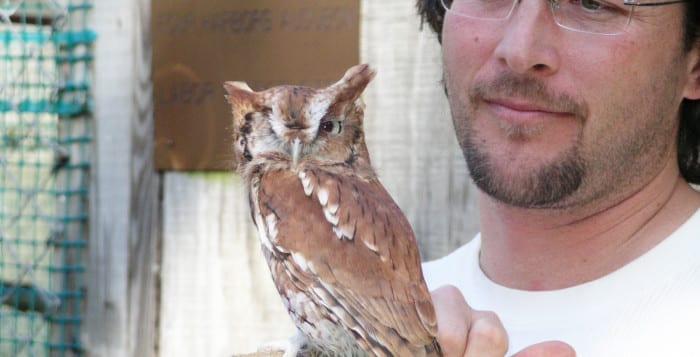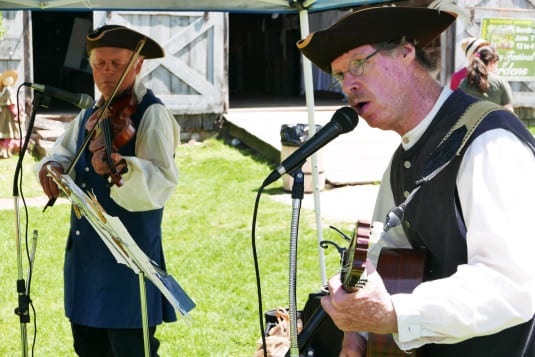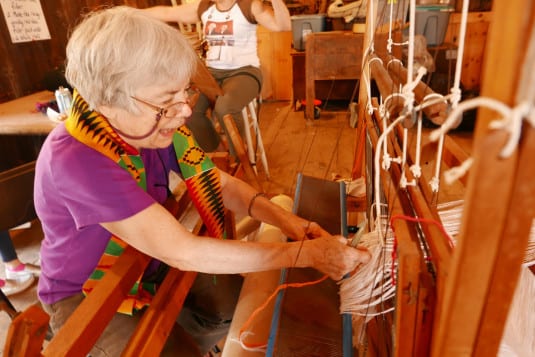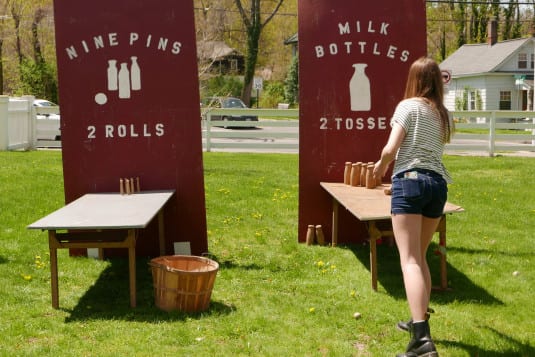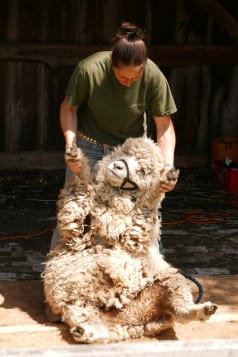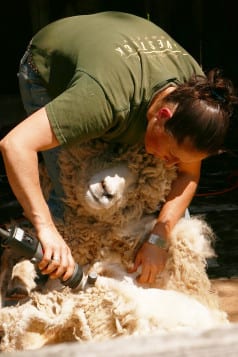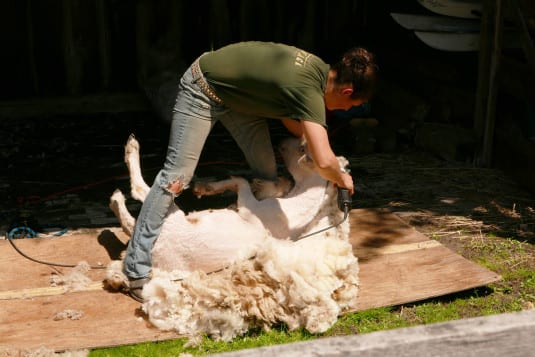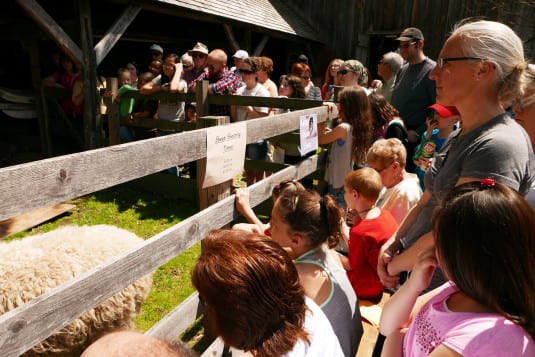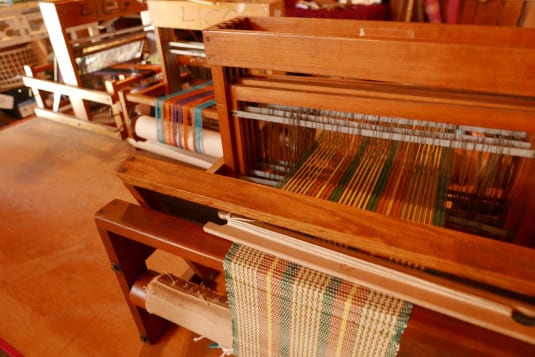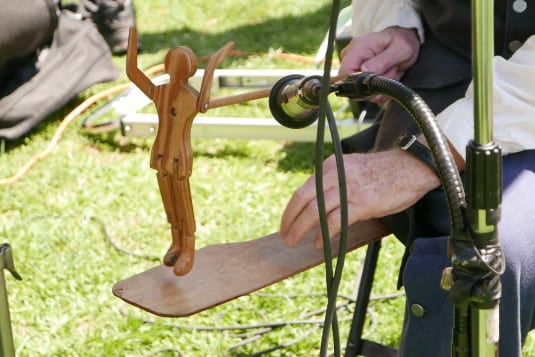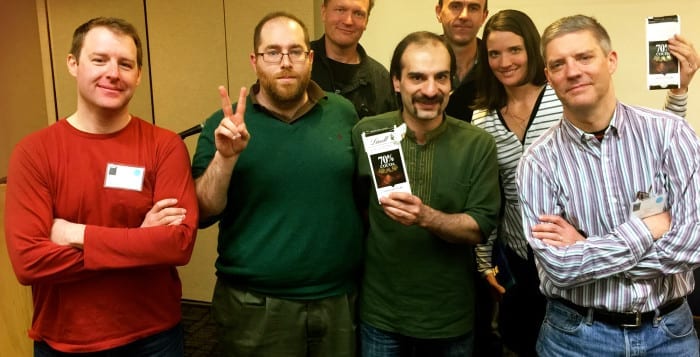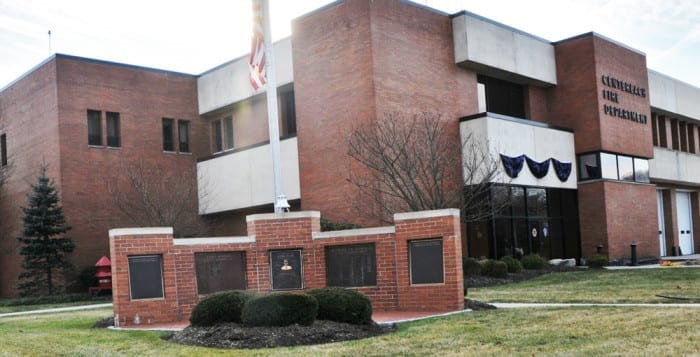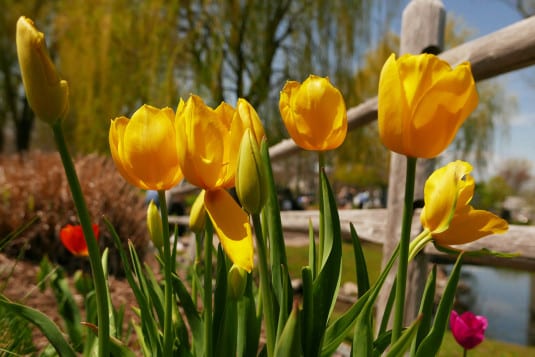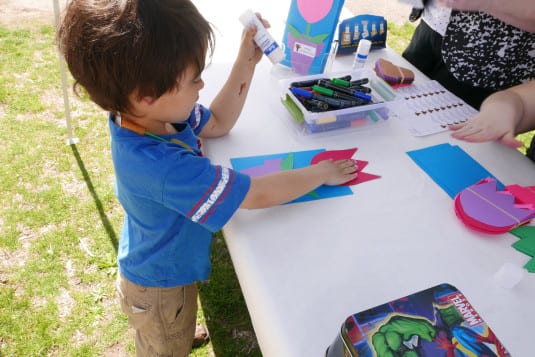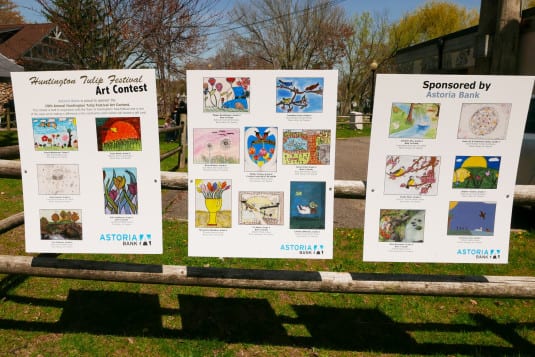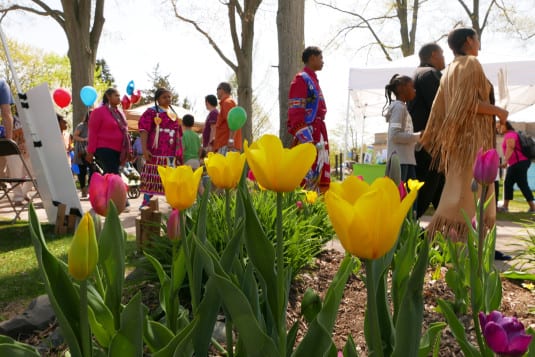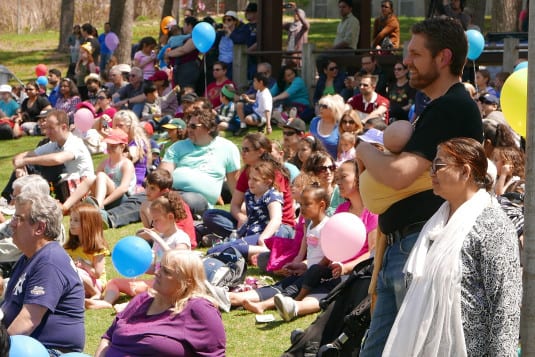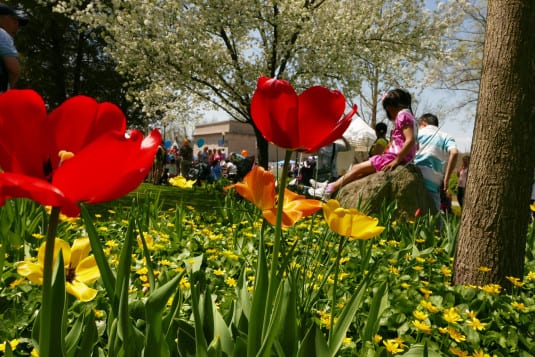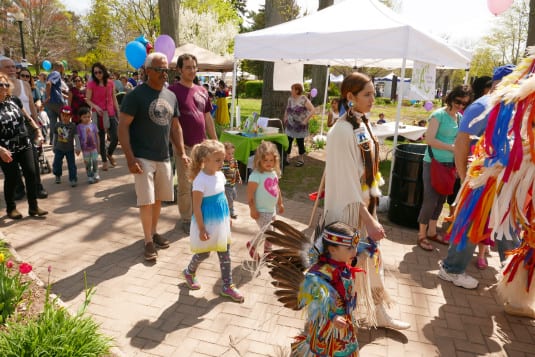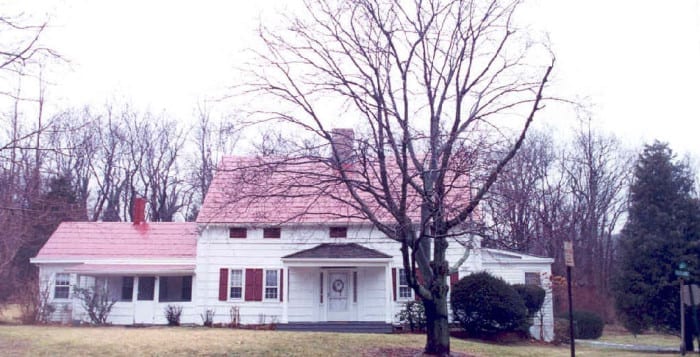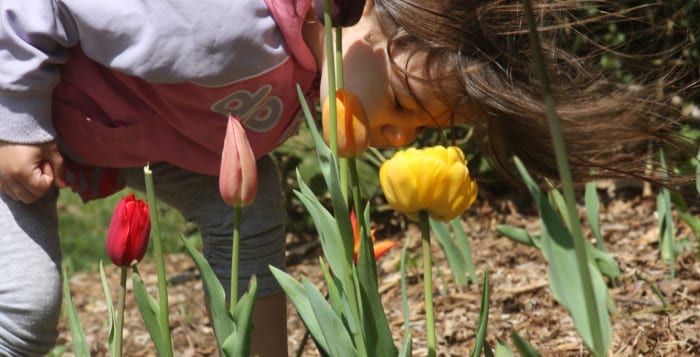When she’s having trouble understanding something she’s reading, Anne Churchland will sometimes read the text out loud. Seeing and hearing the words often helps.
An associate professor at Cold Spring Harbor Laboratory, Churchland recently published research in the Journal of Neurophysiology in which she explored how people use different senses when thinking about numbers.
She asked nine participants in her study to determine whether something they saw had a larger or smaller number of flashes of light, sequences of sounds or both compared to another number.
To see whether her subjects were using just the visual or auditory stimuli, she varied the clarity of the signal, making it harder to decide whether a flash of light or a sound counted.
The people in her study used a combination of the two signals to determine a number compared to a fixed value, rather than relying only on one type of signal. The subjects didn’t just calculate the average of sight and sound clues but took the reliability of that number into account. That suggests they thought of the numbers with each stimuli within a range of numbers, which could be higher or lower depending on other evidence.
Churchland describes this process as the probabilistic method. It would be the equivalent of finding two sources of information online about Gertrude Ederle, the first woman to swim across the English Channel. In the first one, someone might have posted a brief entry on his personal Web page, offering some potentially interesting information. In the second, a prize-winning biographer might have shared an extensive view of her long life. In a probabilistic strategy, people would weigh the second source more heavily.
Funded by an educational branch of the National Science Foundation, Churchland said this is the kind of study that might help teachers better understand how people’s brains represent numbers.
Young children and people with no formal math training have some ability to estimate numbers, she said. This kind of study might help educators understand how people go from an “innate to the more formalized math.”
This study might have implications for disorders in which people have unusual sensory processing. “By understanding the underlying neural circuitry” doctors can “hopefully develop more effective treatments,” Churchland said.
Churchland is generally interested in neural circuits and in putting together a combination of reliable and unreliable signals. Working with rodents, she is hoping to see a signature of those signals in neural responses.
Churchland runs a blog in which she shares developments at her lab. Last month, she attended a conference in which she and other neuroscientists had a panel discussion of correlation versus causation in experiments.
She cautioned that a correlation — the Knicks lose every time a dog tracks mud in the house — doesn’t imply causation.
The group studied a lighthearted example, viewing the relationship between chocolate consumption and the number of Nobel Prizes in various countries, with Switzerland coming out on top of both categories. “In the chocolate case, correlation does imply causation because I like to eat chocolate and was looking for excuses,” she joked.
Christopher Fetsch, a postdoctoral research fellow at the Department of Neuroscience at Columbia University, worked with Churchland for several months in 2010. In addition to teaching him how to do electrical microstimulation and serving as a “terrific role model,” Fetsch described Churchland as “an innovator with a high degree of technical skill and boundless energy.” Fetsch, who attended the same conference last month, lauded Churchland’s ability to bring together experts with a range of strengths.
Churchland created a website, www.Anneslist.net, which is a compilation of women in neuroscience. She said it began for her own purposes, as part of an effort to find speakers for a computational and systems neuroscience meeting. The majority of professors in computational neuroscience are men, she said. “It is important to have a field that is open to all,” she said. “That way, the best scientists [can] come in and do the best work.” The list has since gone viral and people from all over the world send her emails.
A resident of the housing at Cold Spring Harbor Laboratory, Churchland lives with her husband, Michael Brodesky, and their two children.
Churchland has collaborated with her brother Mark, an assistant professor at the Department of Neuroscience at Columbia University. Her parents, Patricia and Paul, are well-known philosophers. Her mother has appeared on “The Colbert Report.” She said her family members can all be contentious when discussing matters of the mind.
“The dinner table is lively,” she said.

